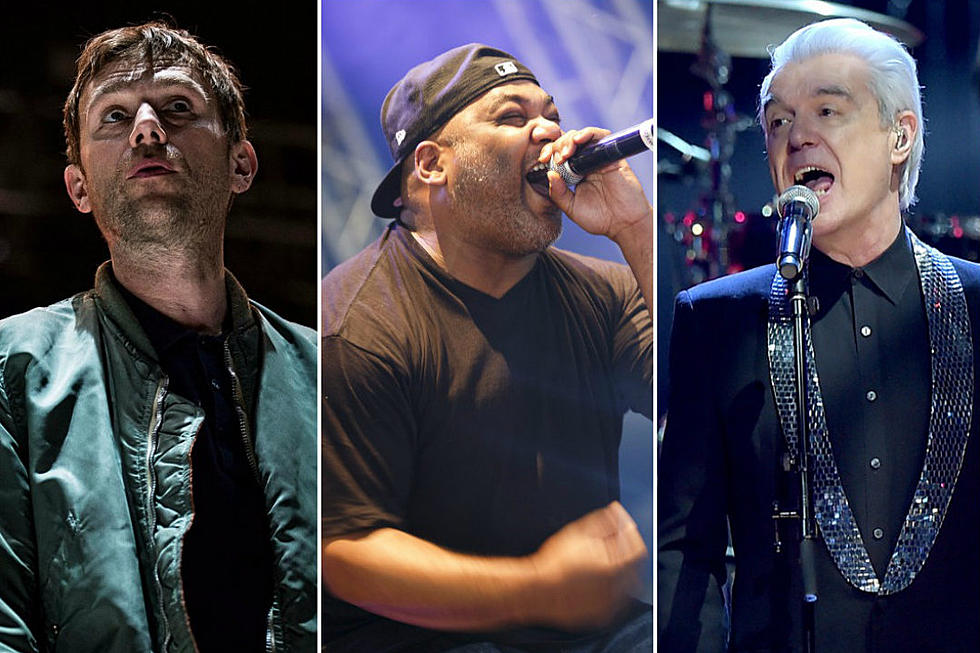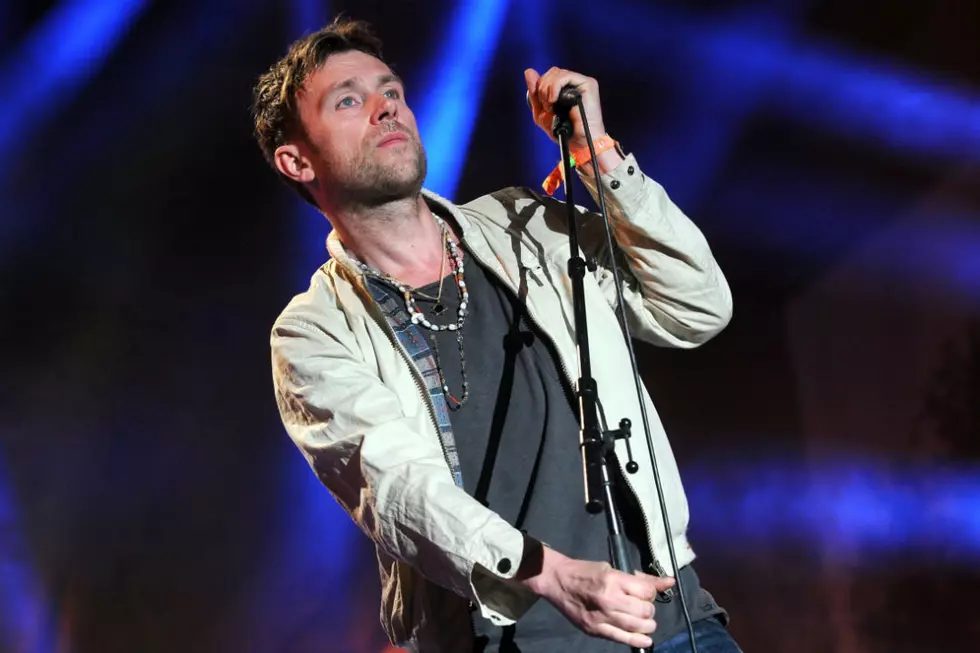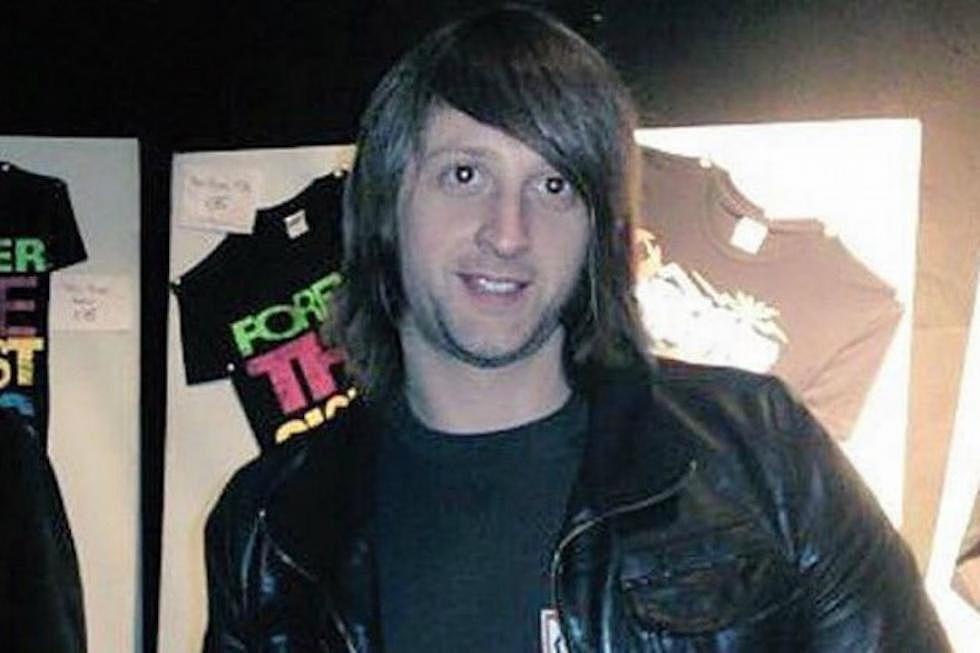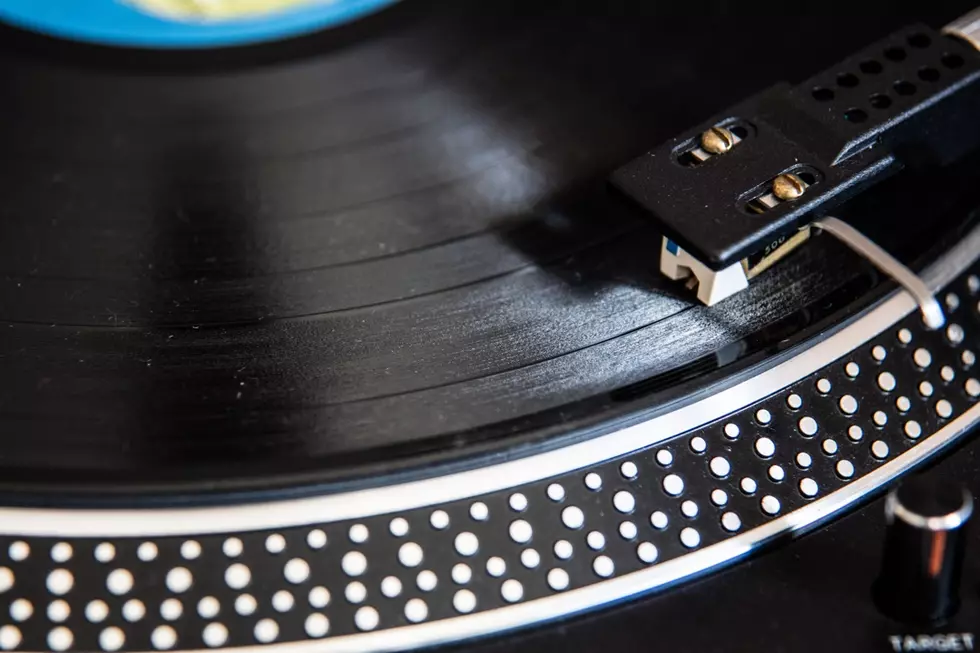How Blur Crashed the U.K. Pop Charts With Its Debut, ‘Leisure’
Blur's debut album, Leisure, was released on Aug. 26, 1991. A far cry from the cheeky Britpop and Technicolor mod/new wave mashups found on later records, the LP is nonetheless a charming (if spotty) snapshot of the band's early days.
Leisure kicks off with the impeccable "She's So High," a starry-eyed, psychedelic-pop drone with an unstoppable chorus. Originally released in October 1990 as Blur's first single, the song "is a central point between the current indie Ride-style guitar groups to their left and the acidic Manc mobs to their right," Steve Lamacq wrote in a 1990 NME profile of the band. "In the middle, occupying a more groove-oriented position than Carter (USM), Blur are a psychedelic, less formularized version of label mates Jesus Jones."
"She's So High" arrived as Blur—three-fourths of whom knew each other from growing up in Colchester, a town 60-some miles northeast of London—had signed to Food Records for the paltry sum of £7,000, according to John Harris' crucial Britpop!: Cool Britannia and the Spectacular Demise of English Rock. (The NME article noted the band had recently inked a far more lucrative publishing deal.) Before earning the record contract, the quartet was also asked to change its name from Seymour to the more palatable Blur. It was a harbinger of things to come.
"They were definitely under the thumb at Food," producer Stephen Street recalled to Uncut in 2009. "There was no freedom to do what they wanted, and that rankled. Bit by bit, they managed to find their independence, but that was a way off from here. And things weren't always antagonistic between them and [Food label bosses] Dave Balfe and Andy Ross. I think, to some degree, they were grateful for the chance they were given."
Lamacq had a slightly different assessment back then. "Food, to their credit, don't so much dictate to bands as direct them—a gentle moulding effect," he wrote. "In Blur's case they've drawn out the more accessible points of the band and focused their 'image.' The band look cutely rebellious now, compared to their Second Hand Clothes Shop look before. Musically, they fit snugly into what's happening at the moment."
That became clear with the release of Blur's second single, "There's No Other Way," which hewed closely to the so-called "baggy"/Madchester style popular at the time: Druggy-sounding organ, prominent tambourine, guitar spirals and keening harmonies coalesced to send the song to No. 8 on the U.K. singles chart and No. 5 on the U.S. Modern Rock chart.
Watch the Video for "There's No Other Way"
Despite its trendy sound, "There's No Other Way" had a profound effect on Blur's career. "I first went into the studio with Blur in early January 1991, at Maison Rouge Studios in Fulham," Street says. "We did 'There's No Other Way'—that was the start of what turned out to be a very long working relationship."
Street ended up producing six songs on Leisure besides "There's No Other Way," including the bustling, Madchester-recalling "Bang"; the noisier, Ride-reminiscent "Slow Down"; and the Stone Roses-esque, moodier "High Cool." The personalities of Blur's four members reflected this sonic diversity.
"[Bassist] Alex [James] already had that certain coolness—I guess you could say he was a little like the [Duran Duran bassist] John Taylor of the band," Street says, while noting that drummer Dave Rowntree "was a little bit older and more mature than the others," which made him a natural to be "more in charge of business decisions." Street recalls that guitarist Graham Coxon, meanwhile, was "quite shy. When we were in the studio, he wouldn't play in the control room, he'd sit bunched up in the corner by his amp, put his headphones on and play."
And then there was frontman Damon Albarn, who absolutely had superstar aims and was an "extrovert, always going for it," Street says. "He wanted to be a pop star, but he was insecure about his voice back then. He always wanted to double-track it and have reverb, like [John] Lennon—in both cases, they didn't start off as confident as they became later on in life. A man with a plan who didn't know what it was? Yes, you could say that."
Leisure's ambition often outstrips its execution, and can feel like a carbon-copy of then-popular bands and trends. "Fool," in particular, nodded to the grungy U.S. indie rock popular at the time, and "Come Together" contained hints of the Smiths' more wicked guitar work. Still, there are flashes of inspiration that point to where Blur went next.
The askew "Repetition" presaged the Pavement-inspired tunes the band would dabble in during the late '90s, while the free-floating "Birthday" recalled the eerie, ominous landscapes found on certain Parklife songs. And "Sing"—which would later appear on the Trainspotting soundtrack—is a majestic, mournful drone driven by stacked piano and haunting vocal wails.
Leisure hit No. 7 on the U.K. albums chart, but Blur quickly evolved beyond the album's sound. By fall 1991, the band had started performing the careening "Popscene" live; when the song emerged in March 1992 as a single, it was a horn-peppered brat-punk jam. The brisk evolution and newfound clarity were no accidents: Leisure reviews were mixed—NME gave the album a 6, with writer Andrew Collins saying, "It ain't the future. Blur are merely the present of rock 'n' roll"—and Albarn for one wasn't thrilled with the results.
"Thank God that [the album's release] was a time when you could make a record that wasn’t right and not be discarded the next minute,’’ Albarn said in the 2010 documentary No Distance Left to Run. In a 2007 Digital Spy interview, he was even blunter.
"I've made hundreds of mistakes. I've made two bad records. The first record, which is awful, and The Great Escape, which was messy."
The 50 Most Influential Alternative Musicians of the 21st Century
More From Diffuser.fm









